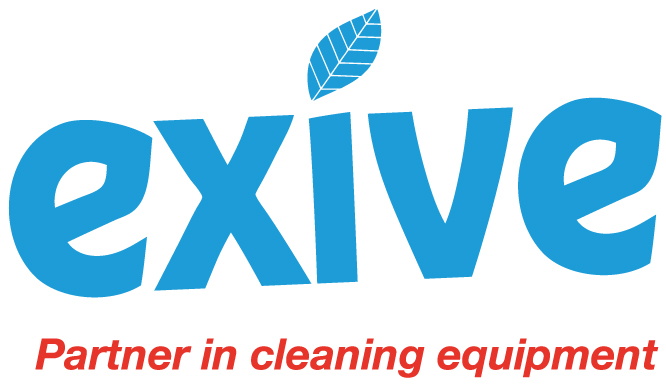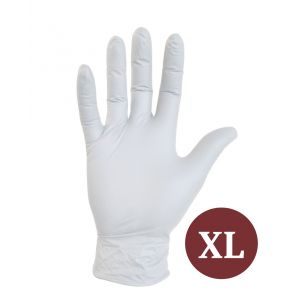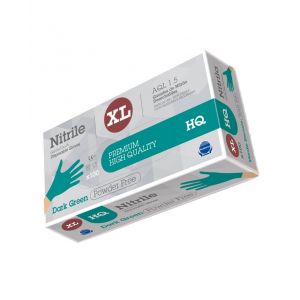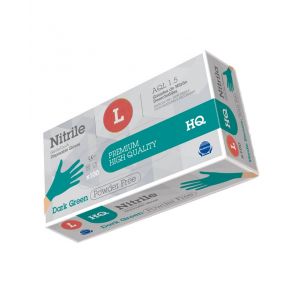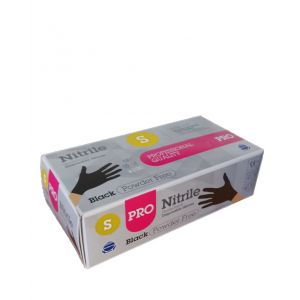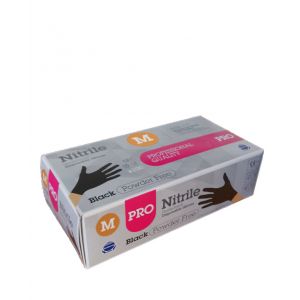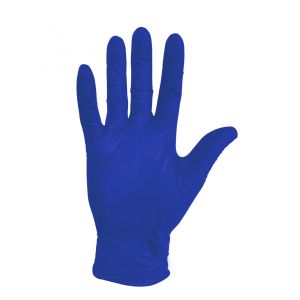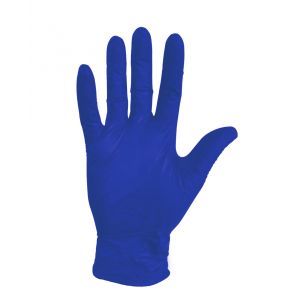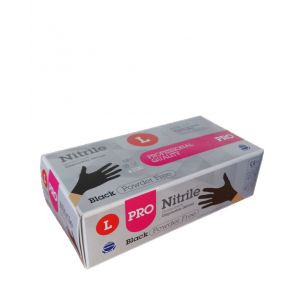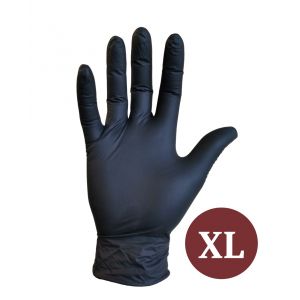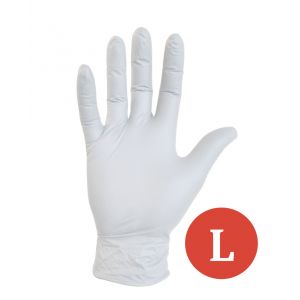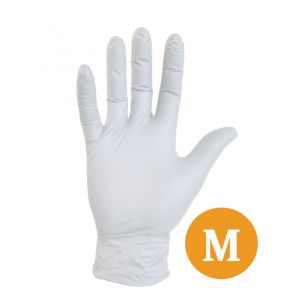Our website uses cookies, which makes shopping easier and more personal. More information about this can be found in the privacy policy. If you continue, you consent and agree to the placement and use of Cookies.
Gloves in cleaning: what do you look for?

Gloves in cleaning: what do you look for?
Personal protective equipment such as nitrile gloves is an integral part of cleaning. It is a sensible personal protection equipment: but which gloves are good enough to reduce our cleaning risks... What do you need to look out for?
|
When choosing gloves, it is useful to consider the types of risk you face. For example, if you don't have to clean up radioactive materials, you don't need gloves to protect your hands from radioactivity. However, common cleaning risks include exposure to irritating chemicals and nasty bacteria, fungi or viruses. This short article outlines what to look for when choosing gloves that protect against these things. |
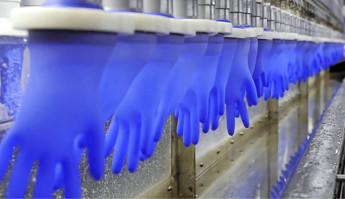 |
CE marking categories
All personal protective equipment (PPE) is classified into categories I, II or III: category I is the least risky and category III is the most serious, for 'risks which may have fatal or irreversible consequences'. For category I, the manufacturer may decide on CE marking on his own, but for category III PPE, an independent expert opinion is required. An inspection that assesses the degree of protection against the risks for which you need the gloves. So if you need serious protection of your skin, you are actually always talking about category III.
Chemical risks assessed according EN374-1:2016
The chemical protection rating is usually tested with three chemicals (for special types, it can also be tested with six or just one). This means that three different chemicals are usually tested to see how long it takes for them to eat through the glove. For a category III glove, this should not be more than 30 minutes. The substances tested are listed under the 'chemical resistance' pictogram. The possible performance levels are:
|
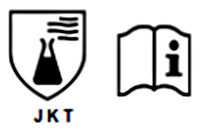 |
The chemicals tested can be:
| A | Methanol | J | n-Heptane |
| B | Aceton | K | Sodium hydroxide 40% |
| C | Acetonitrile | L | Sulfuric acid 96% |
| D | Dichloormethane | M | Nitric acid 65% |
| E | Carbon disulfide | N | Acetic acid 99% |
| F | Toluene | O | Ammonium hydroxide 25% |
| G | Diethylamide | P | Hydrogen peroxide 30% |
| H | Tetrahydrofuran | S | Hydrogen fluoride 40% |
| I | Ethyl acetate | T | Formaldehyde 37% |
In general, nitrile has good resistance to petroleum derivatives, fuels, vegetable oils, fats, some organic solvents, weak acids and bases and household detergents. Nitrile does not work well with ketones, alcohol, some hydrocarbons, esters, ethers and strong acids.
Protection against micro-organisms EN374-5:2016
Protective gloves can protect against bacteria, fungi and viruses. To prove protection against bacteria and fungi, the glove only has to be leakproof. But viruses can, of course, be much smaller, so protection against them is tested separately. The icons on the packaging that indicate what you are dealing with are:
| Protection against bacteria and fungi | Protection against bacteria, fungi and viruses |
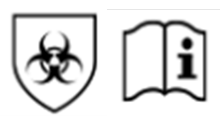 |
 |
Other indications that you may find are:
EN455 (Medical Devices)
This standard is for "single-use medical examination gloves":
- EN455-1: Requirements and test method for absence of pinholes.
- EN455-2: Determination of gauge, thickness, tensile and elongation strength (minimum elongation strength is 6 Newtons before and after ageing for nitrile examination gloves)
- EN455-3: Presence of harmful substances, such as powder or micro-organisms on the glove (before use)
- EN455-4: Shelf life and markings
EU nr10/2011
![]()
EU Regulation on plastic materials and articles intended to come into contact with food. If the material is safe for food contact, the packaging will also display the glass-and-fork icon.
EN 420:2003+A1:2009
In this standard you will find the general requirements for protective gloves, packaging, labelling and the reference to standards and test procedures (e.g. EN374-1).
AQL
The Acceptable Quality Limit is a statistical calculation of how many samples actually need to be tested and approved. The number indicates the maximum percentage that may deviate from the intended specification. For gloves this is intende to guarantee absence of pinholes.
About the Author
Related Posts
Related Products
Tags

 Dutch
Dutch